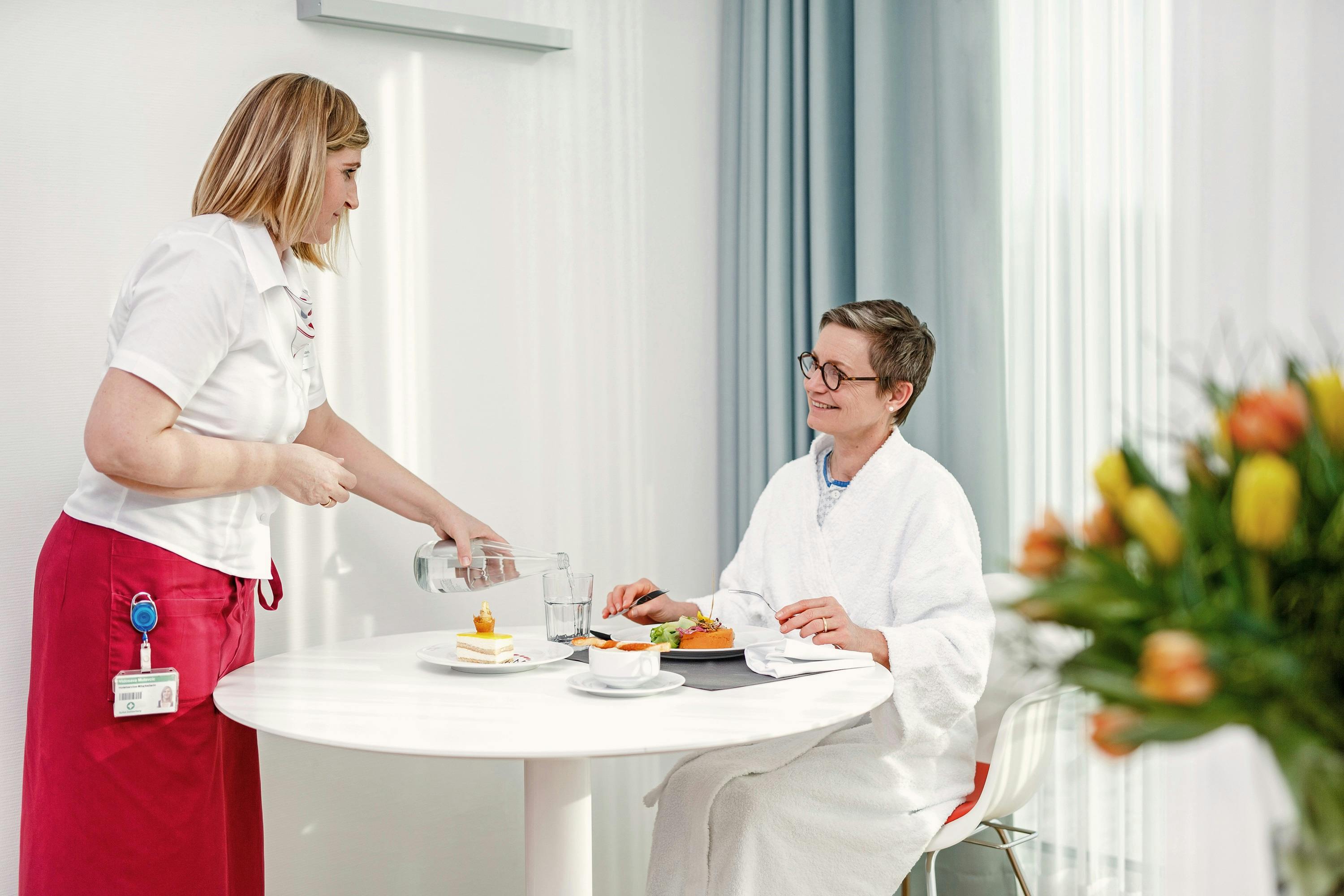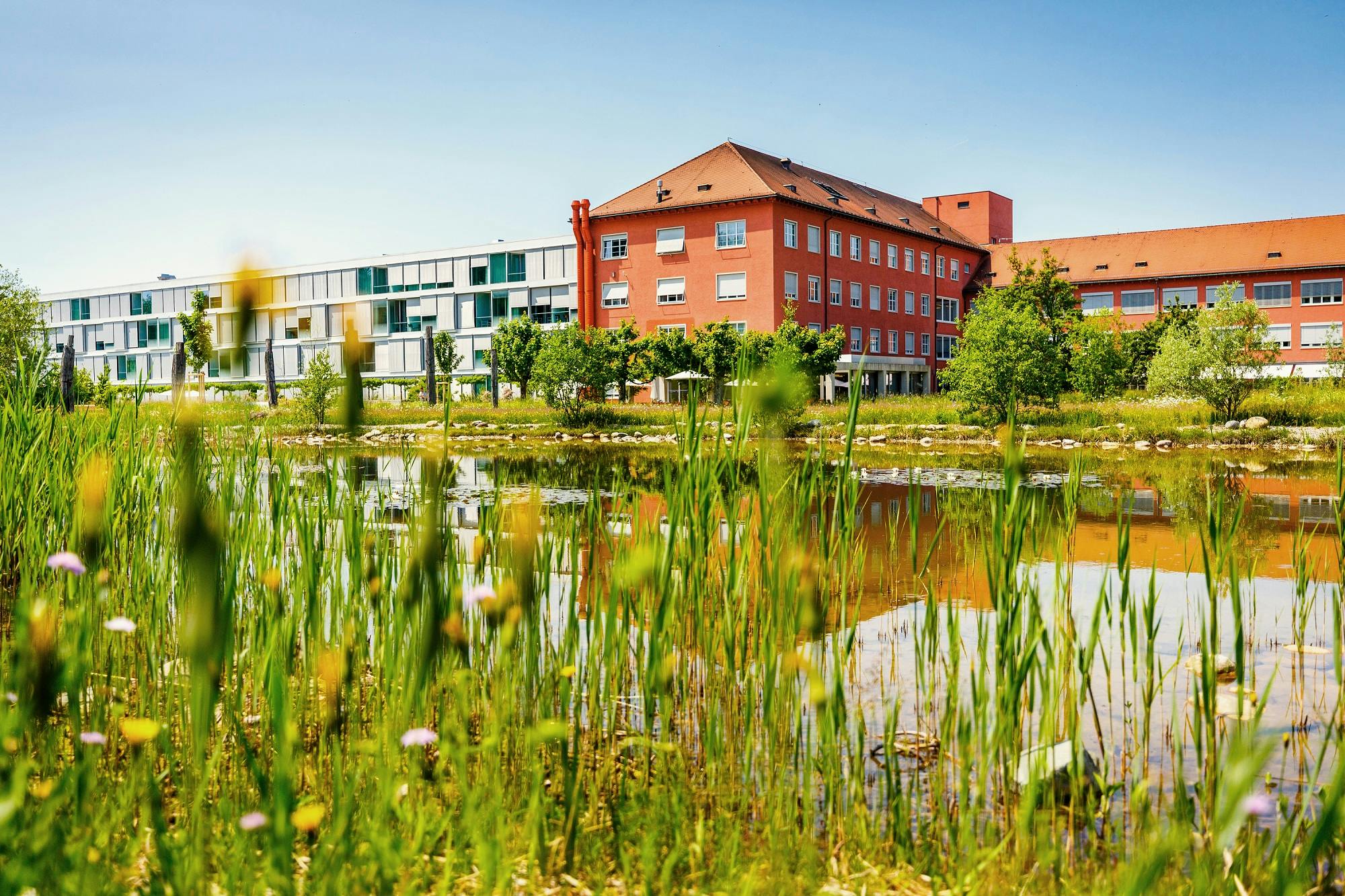Baby facelift: Everything you need to know - An interview with Prof Fansa, Head of Plastic Surgery
Prof. Dr. med. Hisham Fansa
April 2, 2025
5 min
Facelifting is a hot topic that is also gaining increasing attention in Hollywood. In particular, the baby facelift, a gentle and less invasive method for treating wrinkles and early signs of ageing, is becoming increasingly popular. Unlike traditional facelifts, which require deeper incisions and more intensive tissue removal, the baby facelift offers a more subtle solution. It treats early signs of ageing while providing a fresh, natural look - without major changes. The trend is increasingly moving towards gentler procedures with shorter recovery times and less scarring. We spoke to Prof Hisham Fansa, MD, our Head of Plastic Surgery, to find out more about modern facelift techniques and their benefits.
Prof Fansa, what exactly is a baby facelift and how does it differ from a traditional facelift or mini facelift?
The baby facelift is certainly also a "marketing term". It's about starting to reduce the signs of ageing at an early stage by operating before the signs such as sagging cheeks or loss of volume are so visible that people start talking about them or thinking "Who is this old person?" in family photos, hence the term "baby facelift". The procedure is then somewhat smaller; less swelling and faster recovery are the advantages. The scars can also be kept somewhat smaller.
Why has the baby facelift become so popular recently, especially in Hollywood?
The actors don't want the procedure to be visible. They want to give the impression that they are not ageing at all. The goal is eternal youth.
How does the baby facelift differ from other non-invasive methods such as Botox or fillers?
With a facelift, we have to cut and create scars. However, we can remove the changes associated with ageing - such as excess skin or sagging tissue. With Botox or fillers, on the other hand, we do not remove anything, but merely conceal it. This can be very helpful for small changes or specific regions and can be a good start.
What are the advantages and disadvantages of Botox and fillers compared to a baby facelift?
Botox and fillers are not surgical procedures; they are easy to apply in practice and do not require any recovery time ("downtime"). Only some fillers can cause visible bruising. However, the effects of Botox and fillers are only temporary - they last between 4 and 9 months depending on the amount and the area of the face treated.
How long is the recovery time after a baby facelift?
Every surgical procedure on the face is associated with swelling. This is visible for 14 to 21 days, depending on the tendency to swell. A scar also remains. However, both can be easily concealed after 14 days.
Which age group is most often interested in a baby facelift?
Most patients come to us between the ages of 40 and 45. This is when the changes of ageing begin - although they are not visible to everyone. However, you can see it in the mirror in the morning.
What risks and side effects should patients be aware of?
A procedure always has risks. Bruising may occur, which may need to be treated, or scars may remain visible if healing is poor, especially in smokers. Otherwise, serious risks such as facial paralysis or other possible permanent damage are very, very rare with an experienced surgeon.
What characterises Zurich Plastic Surgery as a leading address for such procedures?
We have years of experience with facial surgery. Facelifts are our expertise and passion. Our philosophy is that the results of a facelift should always look natural. You should not look "lifted" or "distorted". Naturalness and freshness are our calling card. Facial procedures should only be carried out by experienced plastic surgeons who know the anatomy of the face and frequently perform such delicate procedures. Being allowed to perform a facelift on a patient is a great responsibility and at the same time requires a high degree of trust in the surgeon.
Weitere Beiträge
Counsellor
Visual impairment in old age: understanding and treating age-related macular degeneration
Good vision contributes significantly to quality of life. Changes in visual acuity can therefore be unsettling - especially if they occur suddenly or for no apparent reason. Age-related macular degeneration is one of the most common causes of impaired central vision. It often develops gradually and is not always noticed immediately. In this article, we give you a clear overview of the disease, typical signs, risk factors and modern treatment options. Our aim is to provide guidance and show how those affected can lead as self-determined and good a life as possible despite visual impairments.
Counsellor
Hand surgery: Everything you need to know - an interview with Dr Andreas Schierz, Head Physician and Head of the Department of Surgery at Zollikerberg Hospital
At Zollikerberg Hospital, the motto is: precise surgery on one of the most fascinating and at the same time most complex parts of the body - the hand. Hand surgery here means not only modern technology, but above all very precise craftsmanship. This is what Dr Andreas Schierz, Head Physician and Clinic Director of Surgery, and his team stand for. They treat complaints such as carpal tunnel syndrome, rapid fingers, ganglions, hand injuries or fractures with empathy and expertise and use occupational therapy to restore the mobility of your fingers. In this interview, you can find out what is particularly important in these sensitive interventions.
Counsellor
Gout: recognising, preventing and treating the causes
Gout is a metabolic disorder caused by too much uric acid in the blood. Uric acid is formed from purines, which are found in many foods and in all body cells. As a rule, purines are broken down into uric acid, 80 per cent of which is excreted via the kidneys and 20 per cent via the intestines. If less uric acid is released from the body, it is deposited in the form of crystals in joints and causes inflammation.


